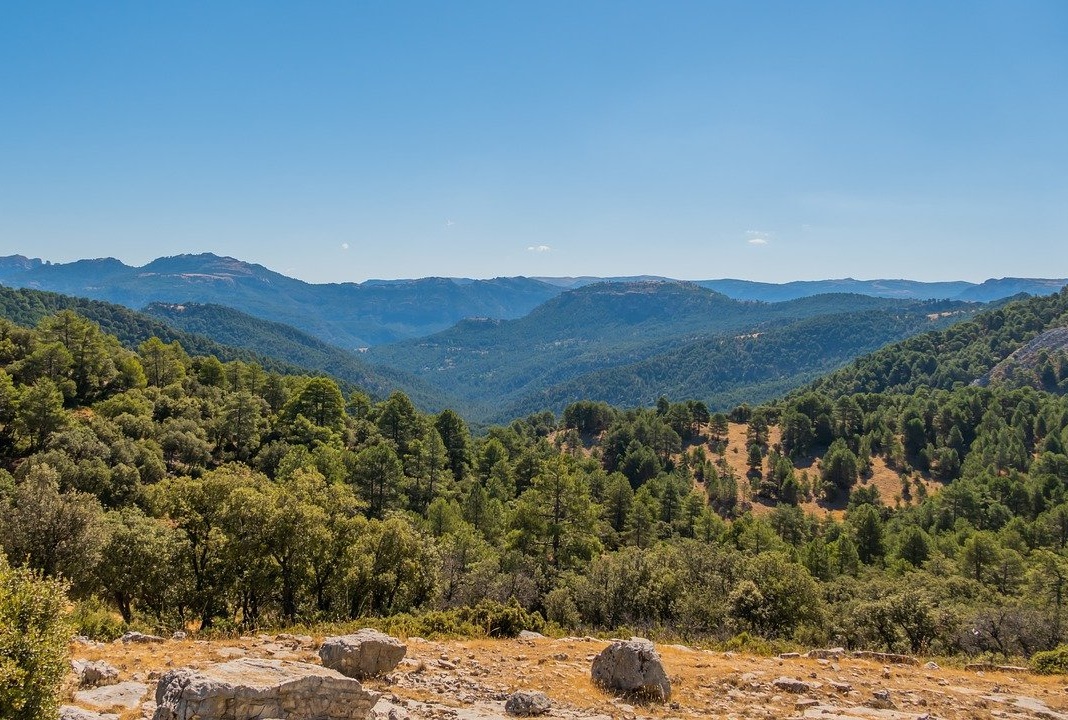
Preparing forests in spring is a critical task to minimize the risk of wildfires during the summer, a season when high temperatures and dry conditions turn any spark into a potential disaster. This preventive work, blending traditional and modern techniques, aims to reduce the accumulation of flammable vegetation, improve access to forested areas, and create barriers to hinder fire spread. Below is an overview of the main activities carried out during this season, emphasizing their importance for environmental conservation and the safety of nearby communities.
A cornerstone of this process is the clearing of underbrush and dry plants. In spring, forestry teams patrol the forests to remove shrubs, dry grass, and pruning debris that could serve as fuel. This task is performed both manually, using brush cutters and other tools, and with heavy equipment. Specifically, earth moving machinery is employed to tackle large areas, clearing dense vegetation and leveling ground to ease access for firefighting teams in emergencies. Machines like excavators and bulldozers are vital in hard-to-reach areas where organic material accumulates significantly.
Another key activity is the creation and maintenance of firebreaks, which are vegetation-free strips designed to slow or redirect the spread of flames. Firebreaks are strategically planned based on the terrain’s topography and forest density. For their construction, specialized tools like blade scrapers for tractors are used to scrape away the topsoil, removing grass and roots that could fuel a fire. These tractors, equipped with wide blades, are particularly effective on gentle slopes, covering large areas quickly. Firebreaks are also regularly inspected and cleared to ensure their effectiveness.
Selective pruning of trees and shrubs plays a significant role as well. By reducing vegetation density, the continuity of fuel is disrupted, making it harder for fire to spread from one tree to another. This practice, combined with the removal of low branches, helps prevent ground fires from escalating into crown fires, which are far more challenging to control. Additionally, maintaining clear paths and trails not only facilitates firefighter access but also serves as extra defensive lines.
Finally, raising awareness among local communities is an essential complement to these efforts. Campaigns are conducted to educate residents about the importance of avoiding uncontrolled agricultural burns and keeping nearby plots clear of debris. Spring is the ideal time for these tasks, as milder weather conditions allow for safe work without the immediate threat of wildfires. Through careful planning and the use of technologies like earth-moving machinery and tractor-mounted blade scrapers, forests can be better prepared for summer, safeguarding both biodiversity and human lives.


